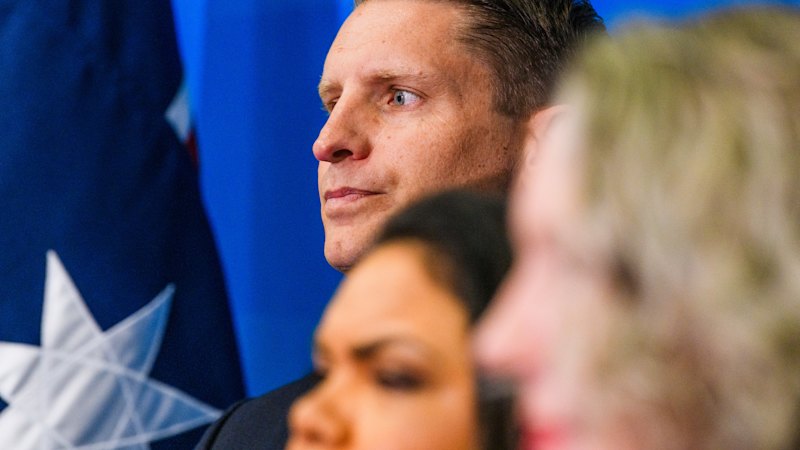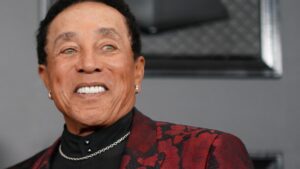
Andrew Hastie, a prominent member of the Liberal Party, has announced his resignation from the shadow cabinet, marking a significant shift within the party. His decision follows a period of silence from colleagues who had been unable to reach him for days, raising concerns about his future in the party.
Hastie’s departure stems from a disagreement with Sussan Ley, the current shadow home affairs minister. On March 5, 2024, Ley sent a letter outlining key performance indicators and expectations for party members, a move that Hastie interpreted as a lack of support for his role in addressing immigration issues. In his resignation statement, he expressed his belief that Ley had “made it clear that the shadow home affairs minister won’t lead the Coalition’s response to immigration matters.” Ley has since rejected this interpretation of her communication.
Background of the Discontent
Hastie, a former SAS captain, has often found himself on the periphery of the party’s inner circle, which is predominantly composed of former staffers and business professionals. His recent absence from discussions has become more pronounced following the election, as he focused on family commitments in Perth. Colleagues noted a distinct lack of communication from him, with one describing it as “radio silence for days.”
The situation escalated rapidly when Hastie took to Instagram late on a Friday afternoon to share his resignation. This platform has served as a space for Hastie to voice his policy perspectives, often diverging from the party line. His resignation is expected to spark vigorous debate within the Liberal Party, particularly regarding its direction and stance on immigration, which has been a contentious issue for some time.
Tensions Within the Liberal Party
Hastie’s departure could exacerbate existing tensions within the party, especially as it grapples with its identity and policies moving forward. With immigration being a polarizing topic, the implications of Hastie’s resignation may put additional pressure on Ley, whose leadership is already viewed as precarious.
The internal conflict highlights the delicate balance within the Liberal Party as it seeks to unify its members while addressing diverging views on critical issues. As discussions unfold over the coming days, all eyes will be on how the party navigates this latest challenge and the potential ramifications for its leadership structure.
Hastie’s exit serves as a reminder of the ongoing struggles within political parties to maintain cohesion amid differing philosophies and approaches. The coming weeks will be crucial for the Liberal Party as it contends with both the fallout from Hastie’s resignation and the broader implications for its future strategy in Australian politics.






